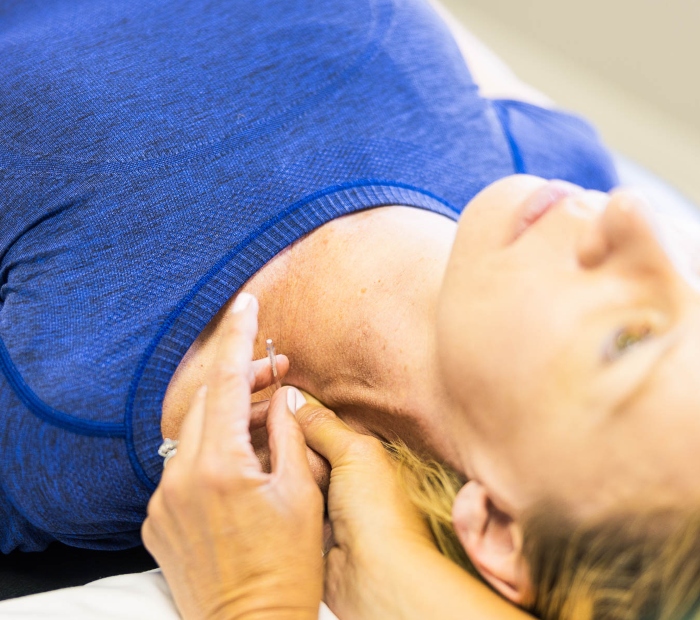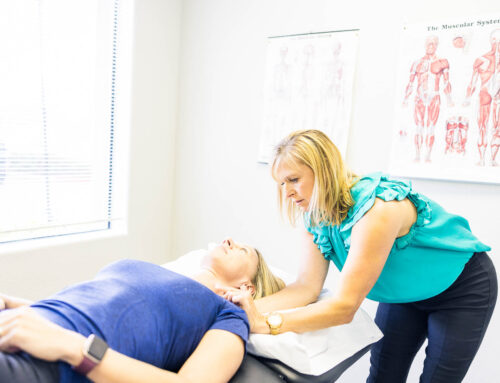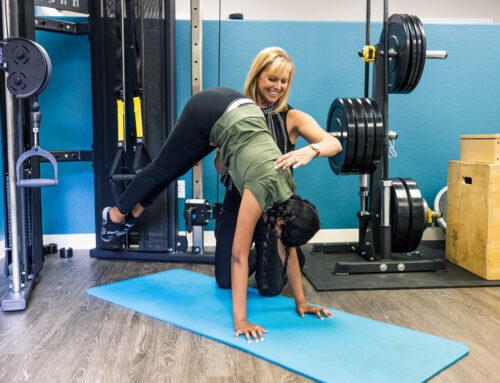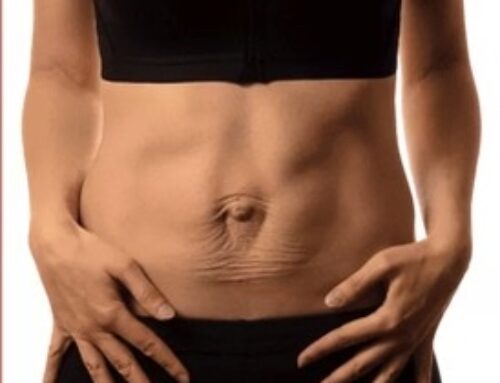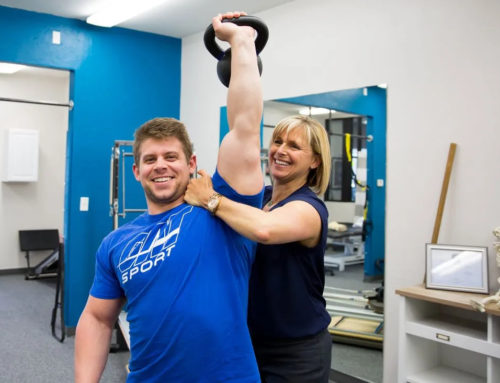As a physical therapy practice in Reno, we use many therapies to help patients recover from injury, increase mobility, and relieve pain. One of our more effective techniques is dry needling. And while it has gained popularity in the past several years, it is important to note that it is not a silver bullet and is still most effective when coupled with other therapies, such as retraining movement. It is also very different from acupuncture, even though they often get grouped or misunderstood since both therapies use needles. However, these two therapies are distinct in their application and underlying principles.
What is Dry Needling?
Dry needling is a therapeutic technique that involves inserting thin, solid needles into specific points in the body known as trigger points or myofascial trigger points. These trigger points are usually tight bands of muscle or knots that are often associated with pain, muscle tension, and restricted movement. The primary goal of dry needling is to alleviate pain, improve range of motion, and promote tissue healing. The needles used in dry needling are much thinner than those used for injections, and they do not contain any medication or solution – hence the term “dry” needling.
Differences Between Dry Needling and Acupuncture
Unlike acupuncture, which is rooted in traditional Chinese medicine and follows the concept of balancing energy flow (Qi) along meridians, dry needling is based on modern anatomical and neurophysiological principles.
While dry needling and acupuncture share the common use of thin needles, their fundamental purposes and methodologies differ significantly.
Uses:
- Acupuncture is based on traditional Chinese medicine principles, where the goal is to restore the balance of energy flow along meridians to promote overall health and well-being.
- Dry needling is grounded in Western medicine and anatomy, focusing on targeting specific trigger points to alleviate musculoskeletal pain and dysfunction.
Needle Placement:
- In acupuncture, needles are often inserted along specific meridians, which may not necessarily correspond to anatomical structures or trigger points.
- Dry needling involves inserting needles directly into trigger points, aiming to release tension, improve blood flow, and stimulate the body’s natural healing.
Technique and Application:
- Acupuncture typically involves a broader range of needle depths and techniques, including gentle insertion, twisting, and even heat or electrical stimulation.
- Dry needling primarily focuses on precise insertion and manipulation of needles into trigger points, aiming to elicit a twitch response in the muscle, which has shown to help release tension and promote healing.
Integrating Dry Needling with Other Therapies
Dry needling can be a valuable component of a comprehensive physical therapy plan, often complementing other therapeutic modalities. Here’s how dry needling can be effectively integrated with other therapies.
1. Manual Therapy:
Combining dry needling with manual therapy techniques, such as soft tissue mobilization and joint manipulation, can help address both muscle and joint-related issues.
2. Exercise Rehabilitation:
Dry needling can be used to reduce muscle pain and tension before engaging in therapeutic exercises. This can enhance the patient’s ability to perform exercises with proper form and range of motion.
3. Pain Management:
Dry needling’s ability to directly target trigger points makes it a powerful tool for managing pain, often reducing the need for pain medication. It can be particularly useful for conditions like chronic lower back pain, tension headaches, and fibromyalgia.
4. Sports Rehabilitation:
Athletes often benefit from dry needling to address muscle imbalances, tightness, and injuries. By incorporating dry needling into sports rehabilitation exercises, quicker recovery and improved performance can be achieved.
5. Neuromuscular Re-Education:
Dry needling’s influence on neuromuscular function can aid in re-educating muscles that have been affected by injury or chronic pain, helping patients regain proper movement patterns. This is especially true in patients whose pain is caused by dysfunctional movement. We work to retrain the muscles and movement pattern and use dry needling to release the “knot” or trigger point so that the exercises are more effective.
6. Postoperative Recovery:
Postoperative pain and muscle stiffness can be effectively managed with dry needling because it helps to break up scar tissue. This promotes quicker recovery and reduces the risk of complications associated with immobilization. It is important to note that post-op dry needling is not allowed until at least three months after surgery.
Who Can Benefit from Dry Needling
Your physical therapist will review your current and past medical conditions and determine if functional dry needling can safely be performed based on your condition, injury, and other physical therapy modalities prescribed. It can be used as part of a comprehensive plan to treat a variety of myofascial pain conditions. When integrated thoughtfully into a comprehensive treatment plan, dry needling can synergize with other therapies to optimize patient outcomes, alleviate pain, improve mobility, and enhance overall well-being. As physical therapists, our commitment to staying informed about these evolving techniques empowers us to provide the highest level of care to our patients.

